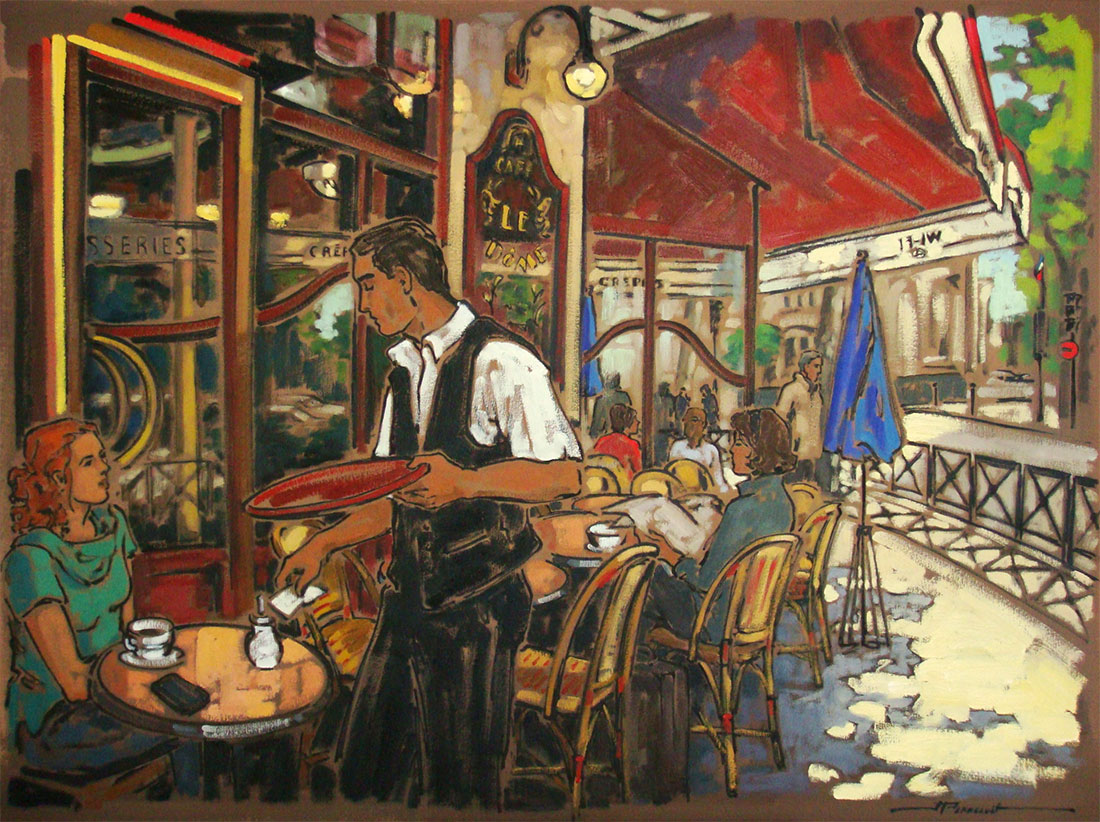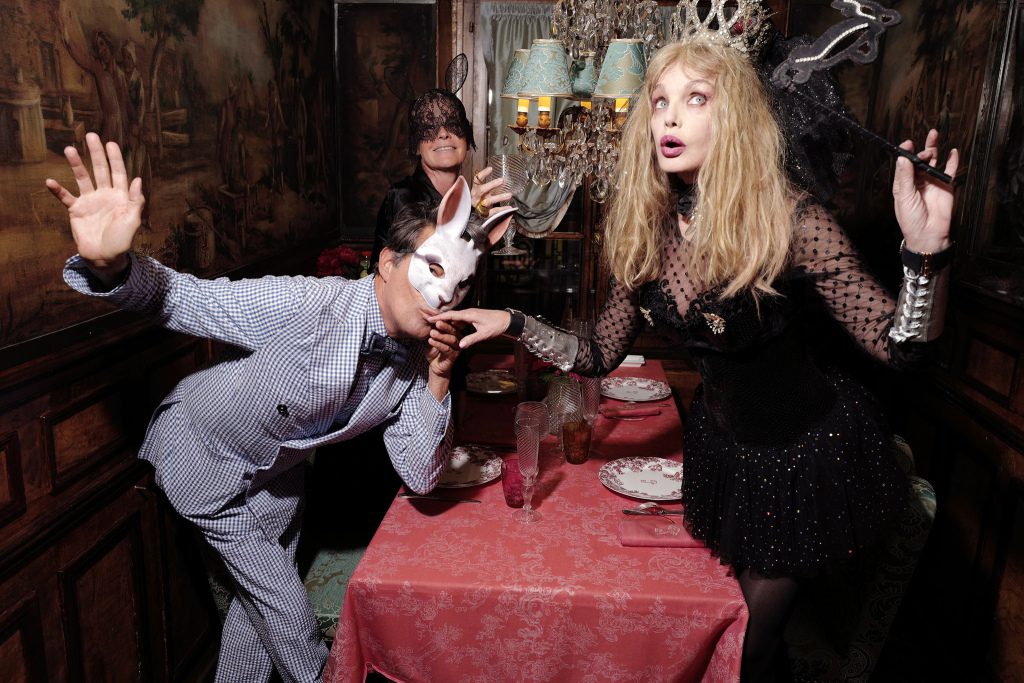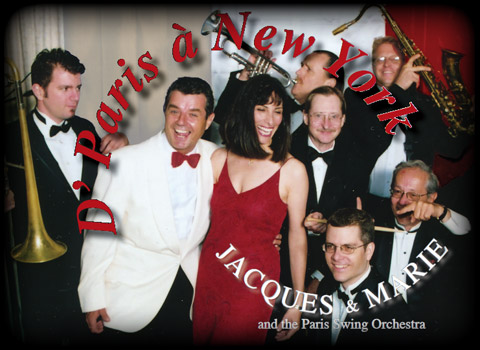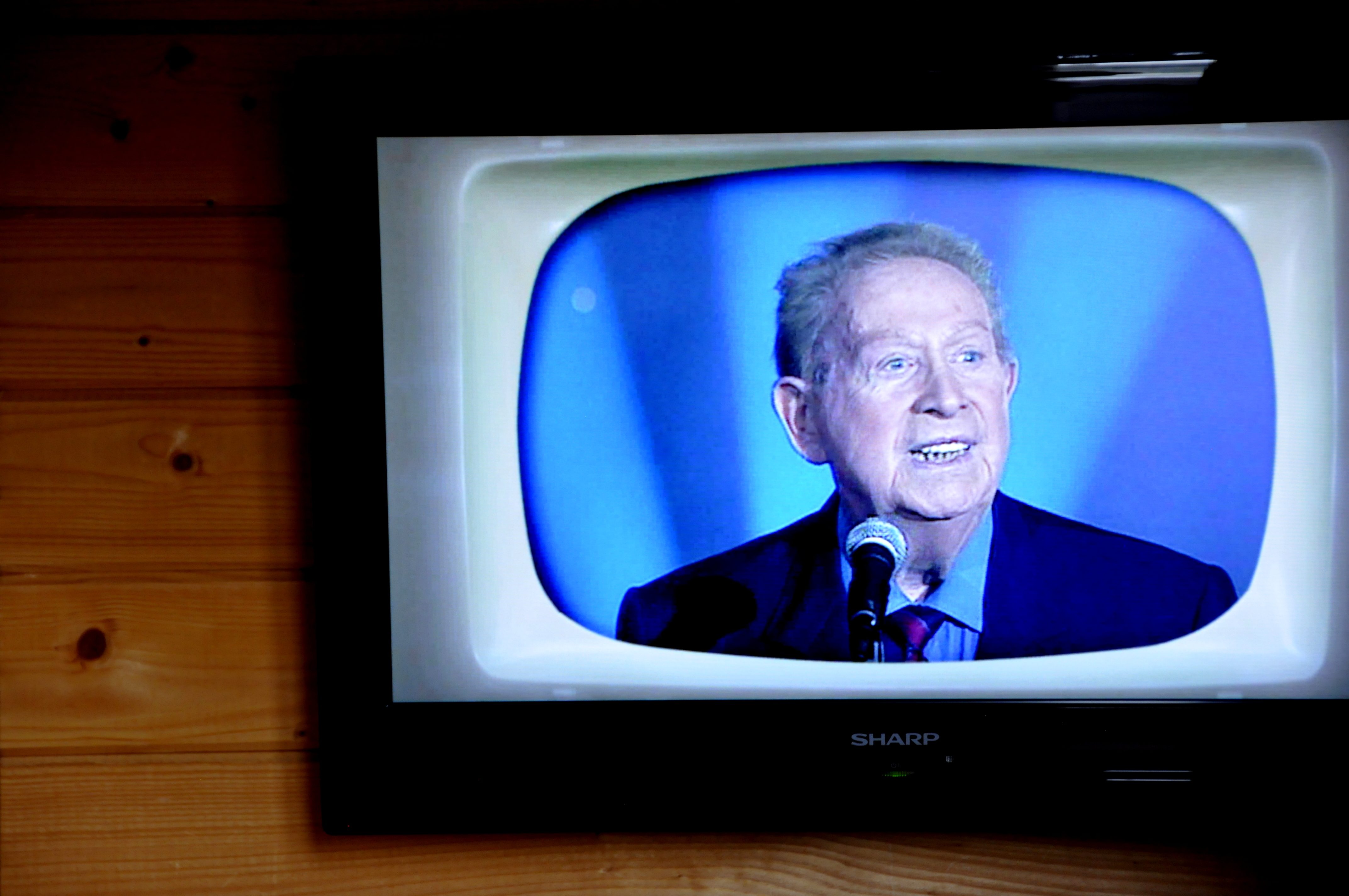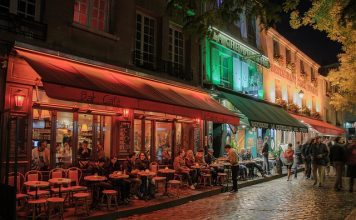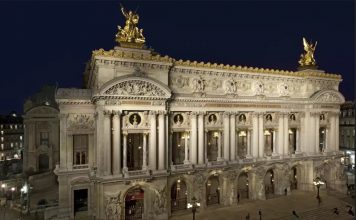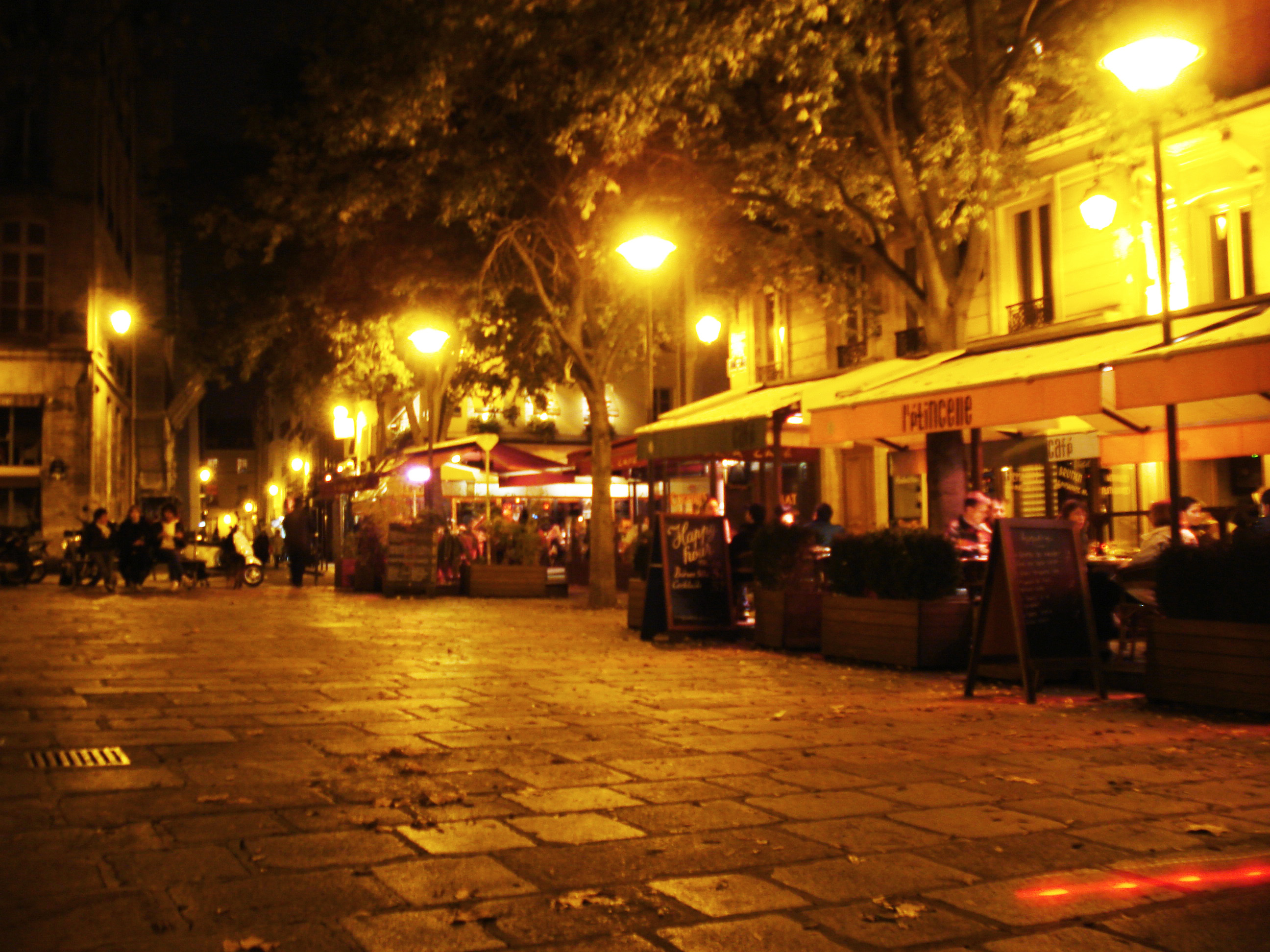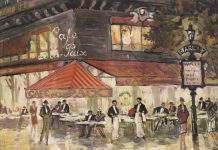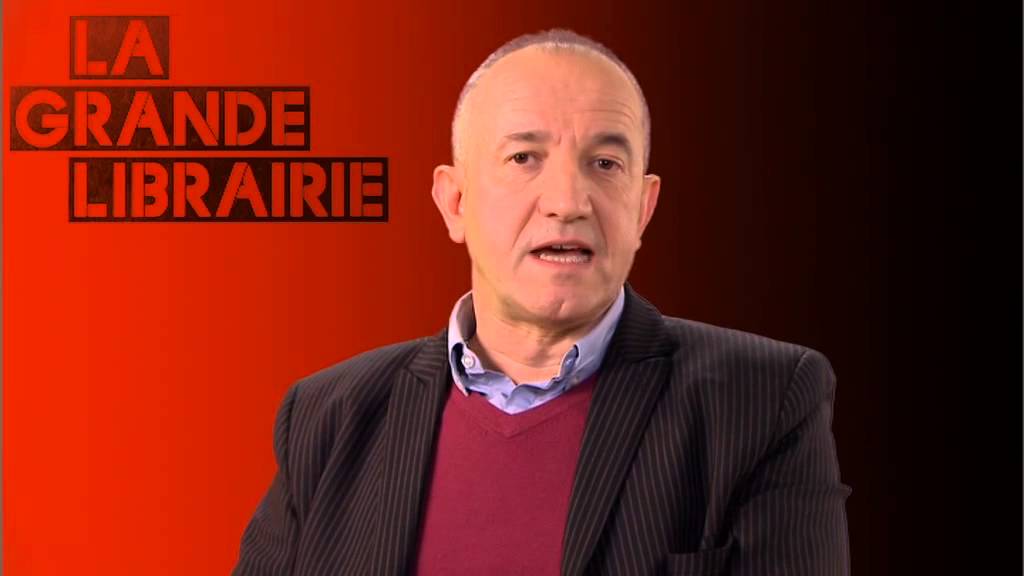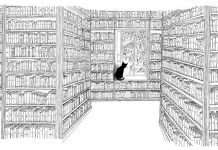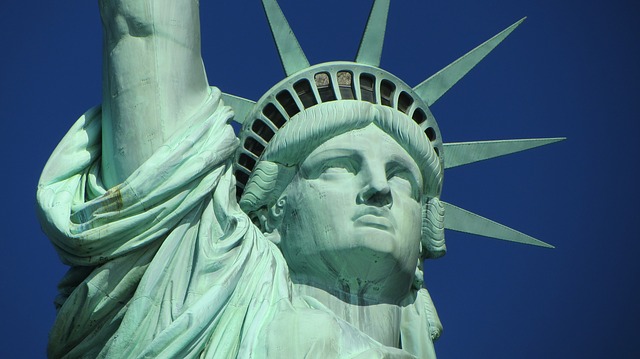Le Quartier Montparnasse
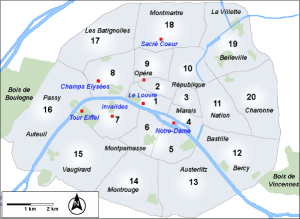
Montparnasse is an administrative district located in the north of the 14th Arrondissement on the left bank of the Seine.The cultural district of Montparnasse extends past the boundaries of the administrative district into the surrounding quartiers.
The name Montparnasse comes from the derisive nickname “Mount Parnassus”, given to an old hill of rubble by students who came here to recite poetry in the 17th century. The hill was first crossed by the Boulevard du Montparnasse and then levelled in the 18th century. Louis XIV ordered the construction of the Boulevard in 1704 which began in 1720 and was completed in 1760.


The Gare du Montparnasse was the last stop on the railway from Brittany. In the early 1900s, many Bretons settled around the station, bringing their culinary specialities, the Crêpe and Gaufre. Today, the popularity of these dishes is still evident in the abundance of Crêperies in the area.
The end of the Belle Epoque (1871-1914) saw a migration of the artists who had made Montmartre famous. At the beginning of the Great War, Montparnasse became the fulcrum of Paris’s intellectual and artistic life.
Close to the horrors of the Somme, Ypres, Marne, and other tragic battles, Paris saw its fair share of refugees, rationing and bombardment by Les Canons de Paris -the German big guns.
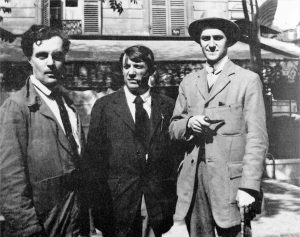

During the war, the cultural output of the painters and artists of the area diminished but continued. Pablo Picasso, who had moved to Montparnasse, (and who, as a citizen of neutral Spain, was exempt from fighting), continued experimenting with the new Cubism style. Henri Matisse remained until 1917. Other artists who lived in Montparnasse included André Derain (who joined the army and served through the entire war); Juan Gris; Max Jacob; and Amedeo Modigliani.
Jean Cocteau served in the Red Cross as an ambulance driver. In Montparnasse, he met the poet Guillaume Apollinaire, artists Pablo Picasso and Amedeo Modigliani, and numerous other writers and artists with whom he later collaborated.
The avant-garde dance troupe Les Ballets Russes was stranded in Paris thanks to the war and the Russian Revolution. The Russian impresario Sergei Diaghilev persuaded Cocteau to write a scenario for a ballet, which resulted in Parade in 1917. It was produced by Diaghilev with sets by Picasso and music by Erik Satie; it was first performed in Paris on May 18, 1917.
The end of the war marked a new era of hope.
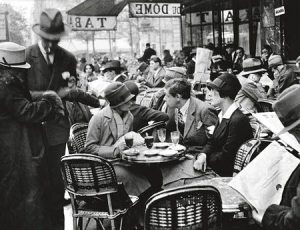

During Les Années Folles-The Roaring Twenties, Montparnasse became the centre of intense social, cultural, and artistic activity in Paris. Painters, sculptors, writers, poets and composers came from around the world to live and work in the creative bohemian atmosphere and cheap rents at artist communes such as La Ruche.
Artists, intellectuals and performers who have left their indelible mark on Montparnasse include ;
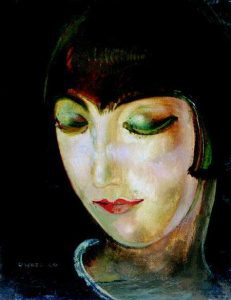

Pablo Picasso, Samuel Beckett, Joan Miro, James Joyce, Gertrude Stein, Tsugouharu Foujita, Diego Rivera, Modigliani, Guillaume Apollinaire, Salvatore Dali, Marc Chagall, Eric Satie, Zadkine, Degas, George Braque, Jean Cocteau, Chaim Soutine, Blaise Cendrars, Fernand Léger, André Breton, Giacometti, Kiki de Montparnasse.
The American influence in Montparnasse at this time has been named the lost generation, the most prominent members of which are writers, such as Ernest Hemingway, Francis Scott Fitzgerald, Gertrude Stein,
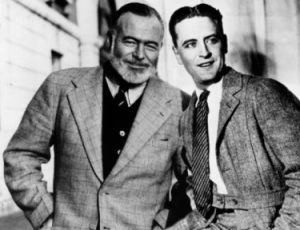

John Dos Passos, Ezra Pound, Henri Miller, Langston Hughes,, the bookseller Sylvia Beach, artists, such as Man Ray or Alexander Calder, and singers and performers, such as Josephine Baker, and Ada “Bricktop” Smith.
One of the most famous Maisons Close Parisienne located on the boulevard Edgar-Quinet owned by gangsters Paul Carbone and François Spirito from Marseille operated between 1931 and 1946.
Amongst the many illustrious customers of this brothel include the writers Joseph Kessel, Georges Simenon, Albert Legrand, Francis Carco, Blaise Cendrars, Alexandre Breffort, Henri Béraud, Georges de La Fouchardière, Jacques Prévert, Jean-Paul Sartre, Colette, Simone de Beauvoir, Ernest Hemingway.
The painters Moïse Kisling, Foujita and Pascin with their models Kiki de Montparnasse, Youki Desnos, and the actors Madeleine Sologne, her friend Marlene Dietrich, Errol Flynn, and Gary Cooper.
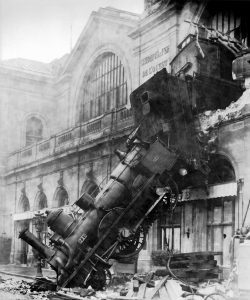

Very few traces of the artistic and intellectual influences of the area exist apart from plaques commemorating residences, places of work or socialisation on the walls of buildings and cafés.
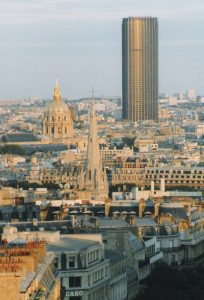

By day the area is busy as a transit hub for travellers on the LGV Atlantique rail network serving Brittany, Pays de Loire, Nantes and Bordeaux and commuters working in the many office buildings.
By night an unequalled centre of recreation and leisure with Cafés, cinemas, bars and restaurants.
Cover art: “Le Dôme” terrace from Montparnasse’s famous restaurant by Quebec artist Jeannette Perreault


